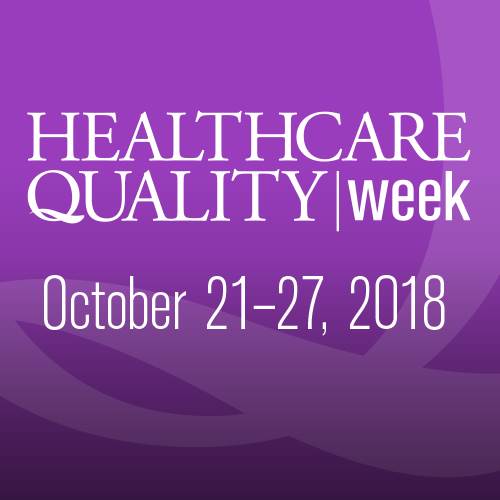Improving Patient Safety Through Risk Management
10/25/2018

From October 21-27 we celebrate Healthcare Quality Week (HQW), brought to you by the National Association for Healthcare Quality (NAHQ). Implementing a quality management system (QMS) in the laboratory is one important way to improve health care quality. A QMS in the lab can help ensure patient safety and risk management principle application, as well as help prepare a lab for accreditation.
ISO 15189 Medical laboratories — Requirements for quality and competence is an international standard that specifies the quality management system requirements for medical laboratories; requirements that the lab often must follow in preparation for accreditation.
According to ISO 15189, risk management is a planned process that is part of preventive actions and corrective actions. Preventive actions and corrective actions can be more effectively directed when they are based upon information that is well-organized. The framework of risk management can be described as consisting of the following steps:
- a) planning for risk,
- b) identifying risk and its impacts,
- c) developing risk-handling strategies, and
- d) monitoring for risk control.1
These steps are consistent with the management requirements described in ISO 15189, including identifying and controlling non-conformities, establishing preventive actions and corrective actions, carrying out internal audits and management reviews, and implementing continual improvement.1
CLSI’s accreditation crosswalks are provided free of charge and can help walk your lab through the accreditation requirements set forth in ISO 15189. For more information visit https://clsi.org/standards/products/crosswalks/accreditation-crosswalks/.
Reference
1 ISO. Medical laboratories – Particular requirements for quality and competence. ISO 15189. Geneva, Switzerland: International Organization for Standardization; 2007.
